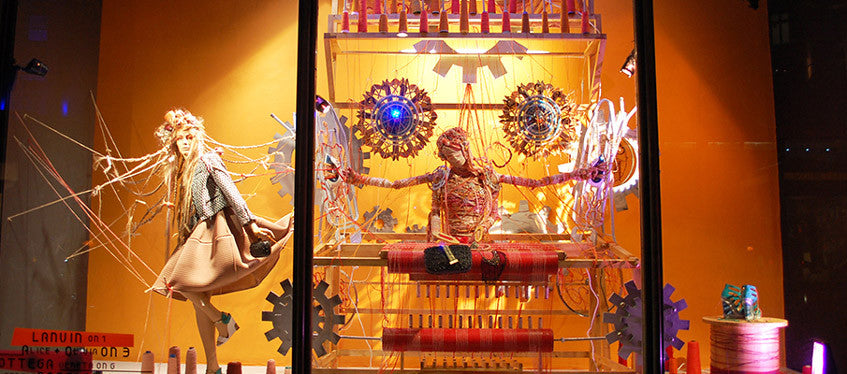Your Cart is Empty
Free Shipping On All Orders In October - No Coupon Code Necessary
Free Shipping On All Orders In October - No Coupon Code Necessary
Free Shipping On All Orders In October - No Coupon Code Necessary
Free Shipping On All Orders In October - No Coupon Code Necessary

September 11, 2016 3 min read
Both of the terms that are to be described in the following article, mannequin and dress forms are considered to be relatively synonyms, but there is a slightly major difference between the two. The difference is visible sometimes only by those that are familiarized with retail, merchandise and so on.
For the rest, every piece that resembles human body and is used to fit clothing is called a mannequin for the simple fact the term is seen as an “umbrella word”, one that covers a large semantic field. Before stating some important things about the best use of both of them, at first we need to talk about some general aspects about shop fitting and mannequins.
As it has been stated before, mannequins are vital elements of display, being largely used to create a potential appealing aspect to clothes and other accessories. Mannequins have the major advantage of being a silent salesperson, a kind of staff-aid. They work as intermediates between the merchandise and the customers, for being able to communicate a lot of details about a certain item they display.
 Shop fitting is connected with the entire joint of strategies and actions that are carried out in order to plan, design and install elements to provide a proper store layout. It entails professional valuation of the interior design, a good knowledge of some elements connected to furniture design, signage and fixtures, purchasing retail equipment, in a word, a good sense of visual merchandising and marketing strategies.
Shop fitting is connected with the entire joint of strategies and actions that are carried out in order to plan, design and install elements to provide a proper store layout. It entails professional valuation of the interior design, a good knowledge of some elements connected to furniture design, signage and fixtures, purchasing retail equipment, in a word, a good sense of visual merchandising and marketing strategies.
Shop fitting is a complex process that consists in a first general survey of the means through which a proper display of the merchandise can be developed (a kind of feasibility evaluation). According to the requirements of the space and of the type of store and merchandise, a design plan is set and then applied.
When applying all the strategies that have been mentioned in the plan, one must take into consideration the amount of up-to-date information that is required. There is a constant need for originality and creativeness, and knowing the current trends in fashion and design is a must.
Mannequins and dress forms are to be discussed here because of their high potential in creating interesting and appealing displays in apparel stores. In the following lines, we’ll be presenting the most important aspects about each, focusing more on their actual use, with advantages and disadvantages:
Advantages:
Disadvantages:
Advantages:
Disadvantages: